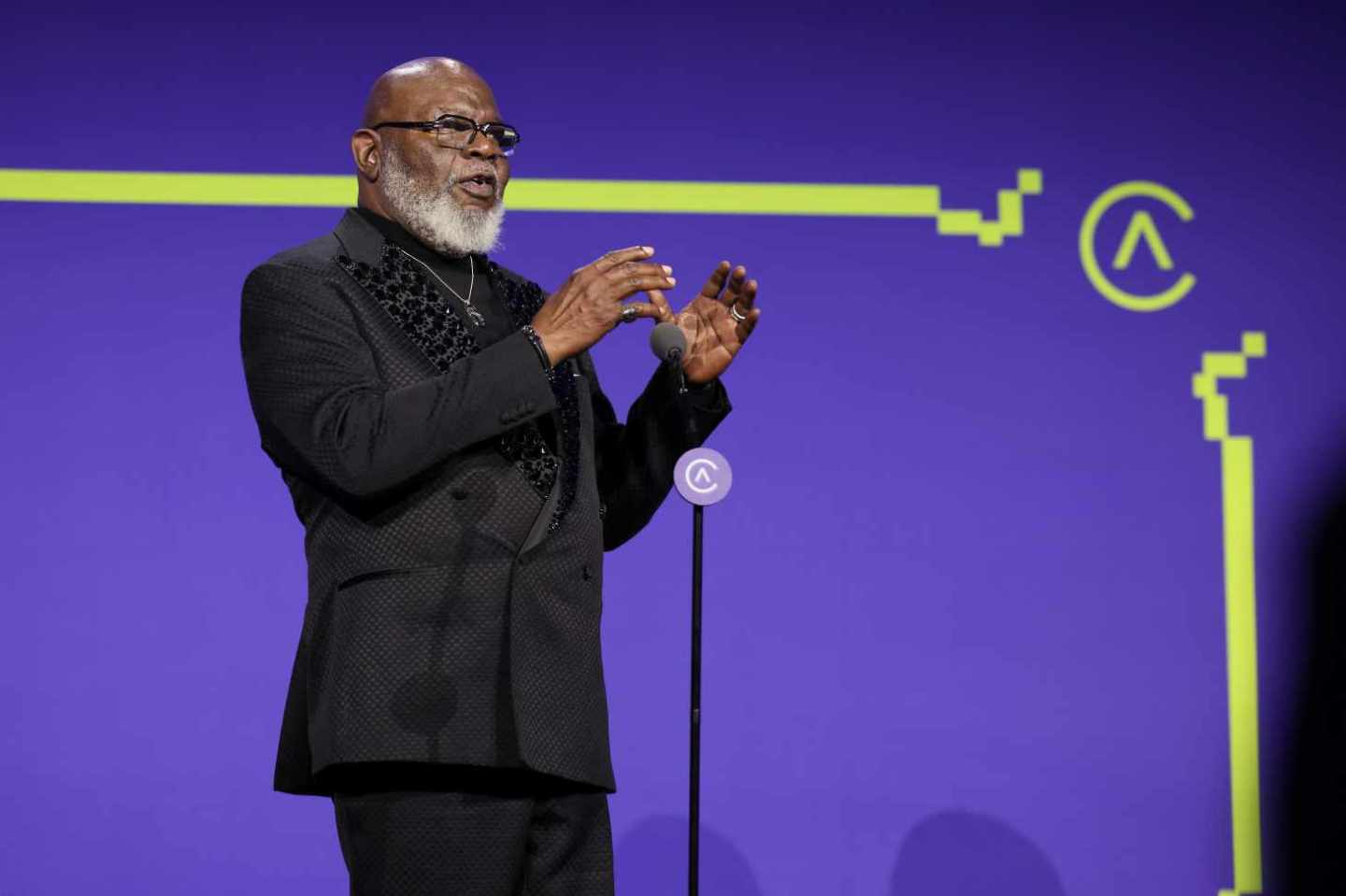As Securities and Exchange Commission defense counsel, we can attest first-hand to the dread our clients experience when we inform them that we have received a “Wells Notice” from the Division of Enforcement at the SEC. The Wells Notice, which serves as the civil equivalent of a criminal grand jury target letter, informs the recipients that the Division is prepared to recommend to the Commissioners that they be sued. The putative defendants then learn that they have only two weeks to submit a written defense or “Wells Submission,” that may or may not be read by commissioners, and that the price of a submission is that the defendant is forced to agree that the submission itself may be used against them in any subsequent proceeding. Hardly a level playing field — until now.
On October 7, 2025, the SEC Chairman Paul Atkins delivered a speech at the 25th annual A.A. Sommer, Jr. Lecture on Corporate, Securities, and Financial Law. Chairman Atkins extolled the key role of the Wells process and how it should be viewed as an extension of due process and fundamental constitutional rights that play an integral role in protecting citizens from a powerful government agency that could become a “policeman, prosecutor, judge, jury, and executioner all in one.” Reversing years of one-sided dynamic, Chairman Atkins promised a more open sharing of facts gained in the investigation, affording potential corporate and individual defendants with meetings with senior SEC Staff to discuss any potential action, doubling the time allowed to submit a written submission, and encouraged the early use of white papers to resolve factual disputes — among other reforms.
Wells Process
As Chairman Atkins explained, the Wells process is the mechanism through which the Enforcement Staff notifies potential respondents or defendants of any charges, and the basis for the charges, that the Division intends to recommend to the Commission. The potential respondents or defendants are then provided with an opportunity to make a submission to the Commission, referred to as a Wells submission, setting forth their position on the subject matter of the investigation. As the Chairman noted, Wells submissions also provide the Commission with a different, and potentially convincing, view of the facts and law concerning the matter.
The SEC Staff do not always get things right the first time, and as the Chairman described, the Wells process is a valuable procedural device that helps to guard against mistakes, extreme legal theories, misinformation, biases, and conflicts of interest. Chairman Atkins expressed his desire for the SEC to “get it right,” and that SEC’s objective is to get to the truth of the matter to hold people accountable and not play a “gotcha” game.
Open Files — More Time
With this goal in mind, Chairman Atkins expects that Enforcement Staff, in giving a Wells notice, will provide sufficient information for potential respondents or defendants to understand the potential charges and the evidentiary basis for those charges, such as testimony transcripts and key documents. Chairman Atkins also addressed the timing of Wells submissions and noted that the Staff must be realistic about time periods for submissions. He confirmed that going forward, the Staff will provide potential respondents or defendants with at least four weeks to make the Wells submissions.
Meetings with the Staff
Additionally, Chairman Atkins noted that when requested in a timely manner, senior enforcement leadership will meet with defense counsel before making a recommendation to the Commission. Chairman Atkins also referenced the “white paper” process as another means to address concerns about factual or legal issues in an investigation, particularly in cases where a potential respondent or defendant feels obligated to make a public disclosure of a Wells notice or to save on the costs of making a Wells submission.
Focus on Bad Acts and Investor Harm — Not Technical Violations
Chairman Atkins noted that the SEC’s enforcement program is an exercise of government power that must be tempered by fair process, good judgement, integrity, and rectitude. Going forward, the SEC is expected to pursue cases of genuine harm and bad acts and will view cases of benign or innocent actions differently.
Avoiding Further Injury to Shareholders
Chairman Atkins noted that the processes should ensure that the SEC seeks to impose penalties and other relief that are appropriately tailored to the misconduct at issue, within statutory limitations, and without adding further to shareholder injury.
Conclusion
As any experienced executive or counsel knows, even the rumor that a company or senior officer has received a Wells Notice is enough to cause a stock price to tumble—so it is critical that the defense does all that is possible to convince the Staff and Commission that an action is not warranted before the matter becomes public. With Chairman Atkins’ changes, it is critical that defense counsel consider the following:
- Confer with the Staff openly about the facts and consider a “white paper” early in the investigation to help come to a common understanding of key facts and seek to close matters that are, at best, fringe technical violations.
- Ask to review the investigative file to better educate your defense.
- Request a meeting with senior Staff before a Wells Notice is issued.
- Request adequate time—at least 4 weeks—to prepare a Wells Submission.
In his remarks, Chairman Atkins continued to signal a shift from certain practices of the prior administration and an emphasis on an Enforcement Division that enforces the federal securities laws with fairness and transparency. The Chairman just provided the defense bar major new tools to be stronger and more effective advocates — now is the time to use them.
The opinions expressed in Fortune.com commentary pieces are solely the views of their authors and do not necessarily reflect the opinions and beliefs of Fortune.












